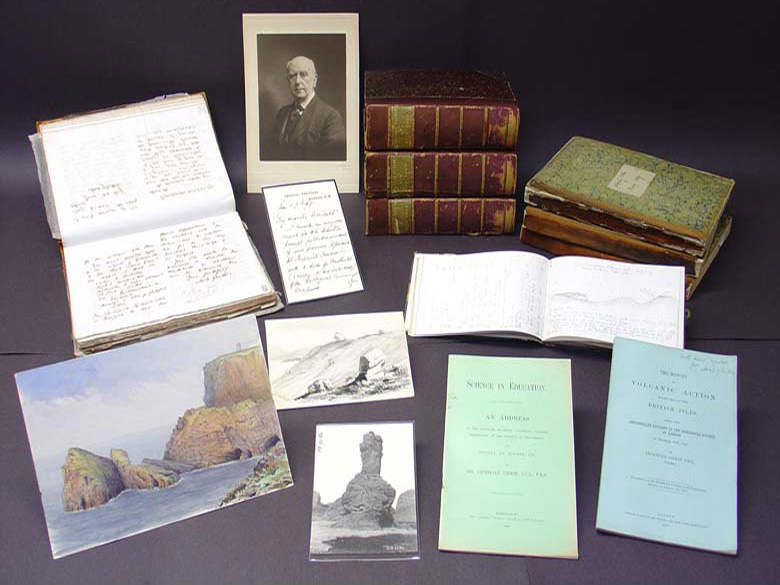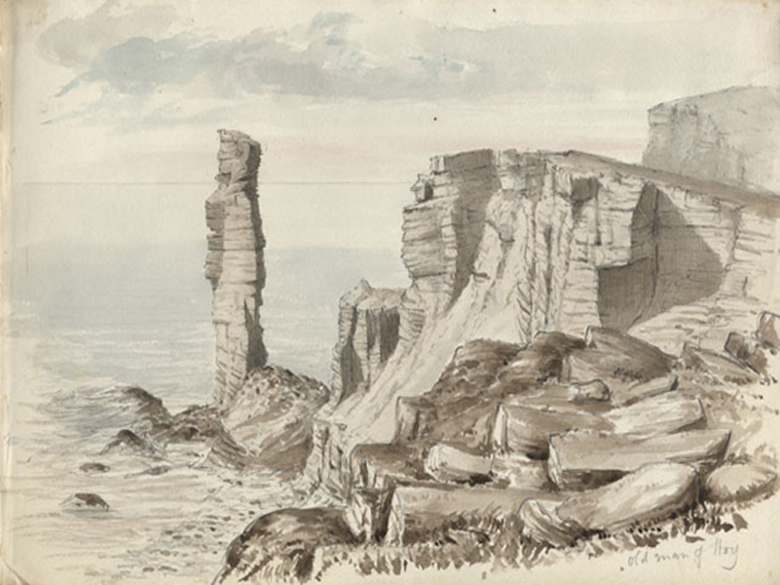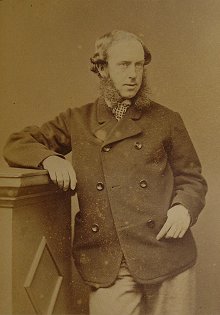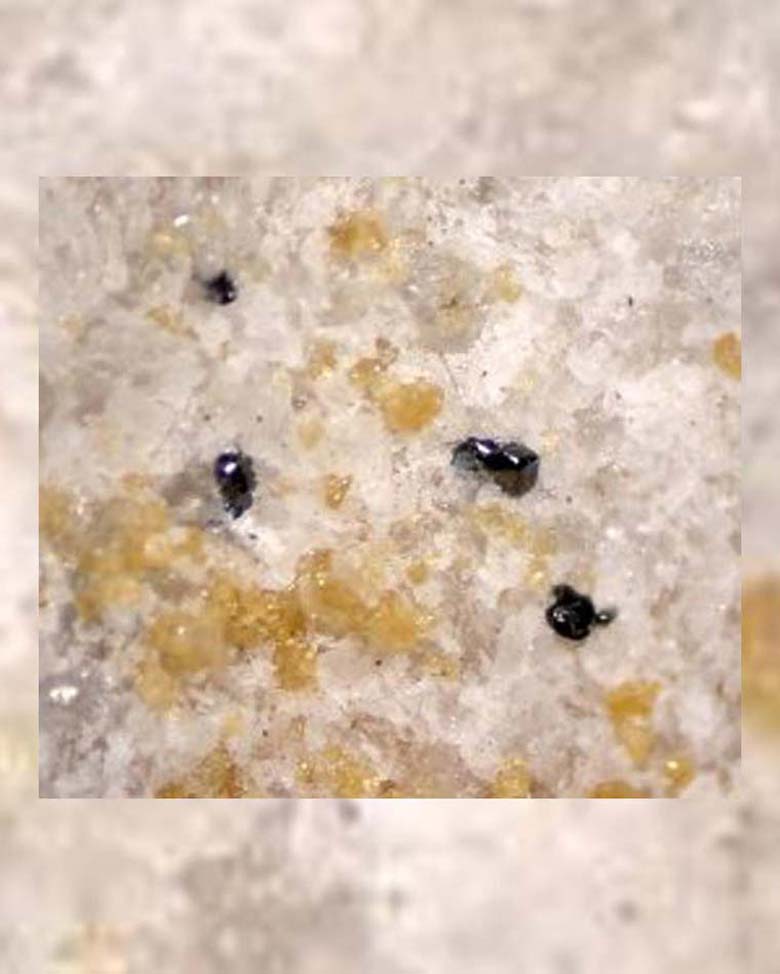Geikielite
In 1892, a new mineral from Sri Lanka (Ceylon) called 'Geikielite' was named after Sir Archibald Geikie.
A Mr Joseph Baddelay, who was acting manager of a gem and mining company in Sri Lanka, collected the first samples. They were found in coarse gem–gravels in the Balangoda and Rakwana districts of the island. The specimens attracted his attention because they were quite heavy. The samples were taken to the then Museum of Practical Geology, in Jeremyn Street, London for examination (now part of the Natural History Museum). They were given to Allen Dick for chemical analysis. The tests revealed the mineral to be made of magnesium, (Mg), titanium, (Ti) and oxygen, (O), with a chemical formula: MgTiO3.
Mr Dick read a paper about this new mineral before the Mineralogical Society, and gave the name Geikielite, in honour of Sir Archibald Geikie, Director General of the Geological Survey, in whose laboratory the analysis had been made. The mineral is closely related the ilmenite and is classified among the oxides. The mineral is quite variable, being black, bluish to brownish black, less commonly ruby–red in colour, and opaque or translucent in appearance. It occurs as irregular to rounded grains or small pebbles. Crystals are much rarer and do occur forming elongated prisms.
Geikielite occurs in metamorphosed impure magnesium–rich limestones, marbles, dolomites, skarns and in uncommon rocks like carbonatites and kimberlites. The mineral is known from gem–bearing placer deposits. It is associated with other minerals such as rutile, spinel, diopside, serpentines, forsterite, calcite and chlorites.
To date geikielite has been found at about 16 different locations worldwide, but it is still an uncommon mineral species. Specimens have been obtained from the USA, Canada, Greenland, Italy, Finland, Russia, South Africa, Zimbabwe and North Korea. More recently, it has been identified in the Ballachulish area, Highland, Scotland.
Glossary:
- Carbonatite is an igneous rock that contains carbonate minerals like calcite or dolomite
- Dolomite is a sedimentary rocks that contains the mineral dolomite
- Kimberlite is an exotic igneous rock that contains minerals like olivines, phologopite and pyrope
- Skarns is a metamorphic rock with a wide range of different minerals such as periclase, olivines, serpentines, amphiboles, pyroxenes and garnets
- Placer deposit is formed by the natural concentration of heavy minerals caused by the effect of gravity on moving particles




